House prices in Aberdeen have risen in the last two years albeit they still have not reached levels achieved before a housing market crash in 2008, new analysis has shown.
Analysis of house price data has revealed that prices in Aberdeen have only risen by 4.2% since March 2020, as a market expert warns average price growth across Scotland is set to pause but not collapse despite the threat of recession and a cost of living crisis.
Aberdeen underperforms
Aberdeen’s market performance is weaker compared to other cities in Scotland in the same period, where the average house price has risen 27.6% since the onset of the pandemic.
The report from lettings and estate agency DJ Alexander noted average growth in property values was much more muted in the granite city than before 2008, when Aberdeen house prices had rocketed 61.1% in a two year period.
This far outstripped growth across Scotland’s other main cities, which varied widely from 17.2% in Glasgow, while Edinburgh rose 23.6% and in Dundee 31.8% in the run up to 2008 when markets across Scotland were ravaged by the onset of the global banking crisis.
Will the housing market crash again?
In the last 28 months since markets were affected by the covid pandemic, there has been another boom in recovery.
But DJ Alexander expects there won’t be another crash like in 2008, although markets are likely to “stabilise and drop” as a result of the intensifying cost of living crisis and rise in interest rates.
While Aberdeen prices rose by just 4.2% since March 2020, Glasgow recorded the largest increase in average prices rising by 28.9%. Edinburgh has risen by 19% while Dundee has increased by 24.7% over the same period.
Meanwhile, in the 28-month period from February 2006 to the market peak in May 2008 the increase in average prices was much higher at 35.7%.
David Alexander, the chief executive officer of the estate agency, believes this means the market is less likely to face another crash like 2008 because “circumstances are more positive than 14 years ago”.
Instead he expects prices to stabilise then only “drop slightly” if the market slows or goes into reverse as a result of the oncoming economic crunch.
He said: “There is little doubt that house prices are about to stabilise and perhaps drop slightly in response to higher interest rates, soaring utility bills, and the wider cost of living crisis.
“However, there are a number of major differences between the housing market now and in 2008 when prices fell substantially.
“Our analysis of the figures indicates that house prices have not risen as substantially as they did in the run-up to 2008 so they are unlikely to experience as large a fall if the market slowed or went into reverse.”
Economic positives
The housing property specialist pointed to factors including low unemployement which could cushion the market, while there still remains a shortage of domestic property in Scotland.
“Unemployment is at an historic low level so even with mortgage increases and higher living costs there is more room for people to survive a downturn in prices as long as they have a job,” he said.
Unemployment is at an historic low level so even with mortgage increases and higher living costs there is more room for people to survive a downturn in prices as long as they have a job.”
“Demand remains high, despite the financial pressures, due to a shortage of properties on the market.
“This has maintained and may continue to support the high prices being paid.
“But this will not go on forever, but it could be a factor in producing a much slower rate of price decline than might otherwise be expected.”
Look on the bright side
He added: “Although the market has experienced really quite large increases in prices since the start of the pandemic the circumstances are more positive than 14 years ago.
“It is important to remember that many of the external factors increasing costs may be resolved sooner than expected.
“The war in Ukraine, while it could last years, may end more abruptly than expected.
“The resultant easing of gas and oil supplies, the freeing of food production, and the return to more normal markets would change the overall picture substantially and it could occur in a relatively short period of time.
“Equally the employment market remains robust and is resulting higher wages so people will feel more positive about any mortgage increases in the future.
“Therefore, while I expect prices in the property market to ease and perhaps slide in the short to medium term, I don’t think this will be a serious correction.”
Calculate the impact of the energy price cap rise on your household here.
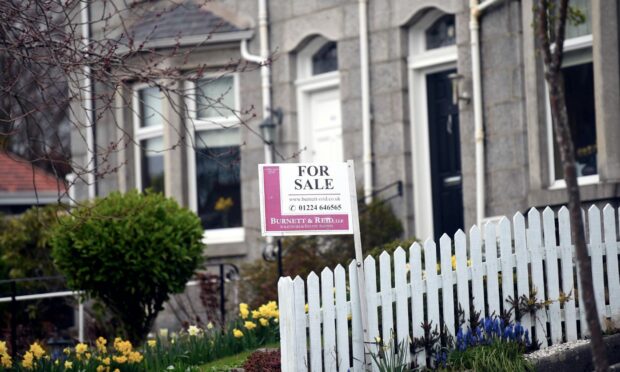
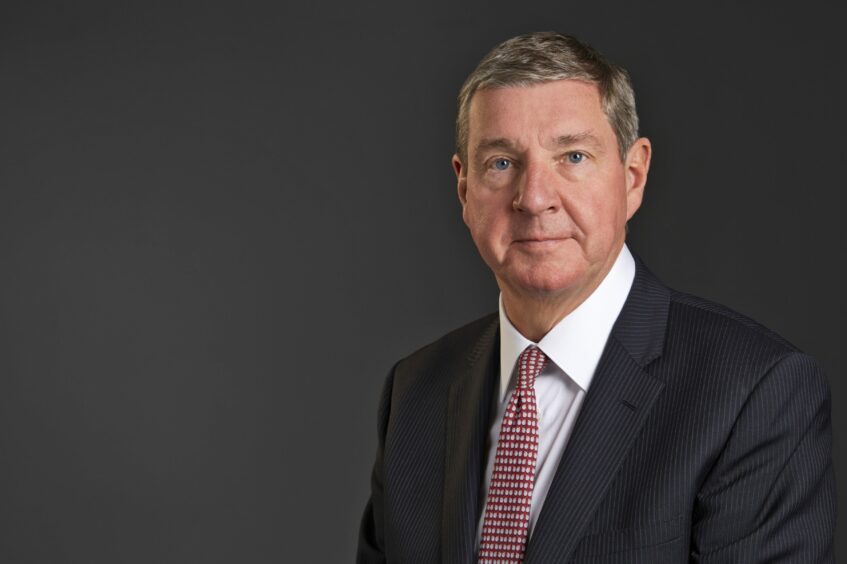
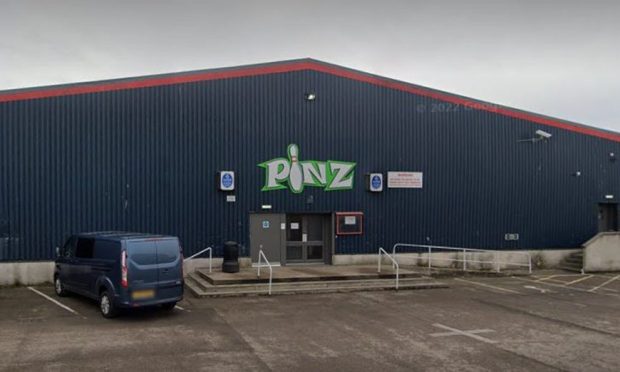
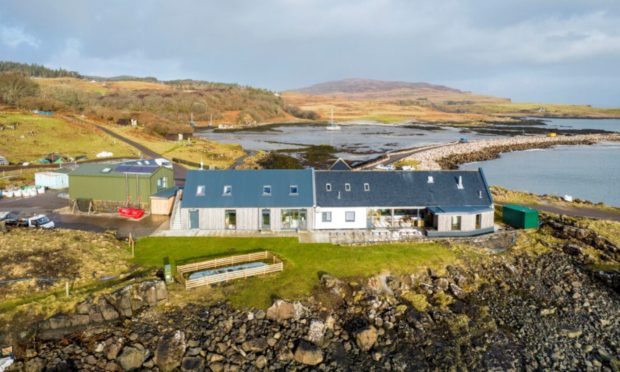
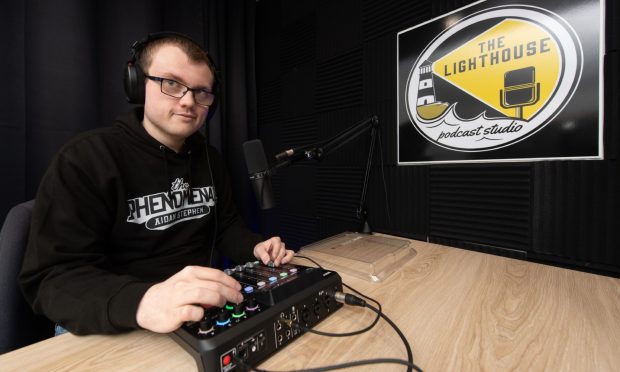







Conversation